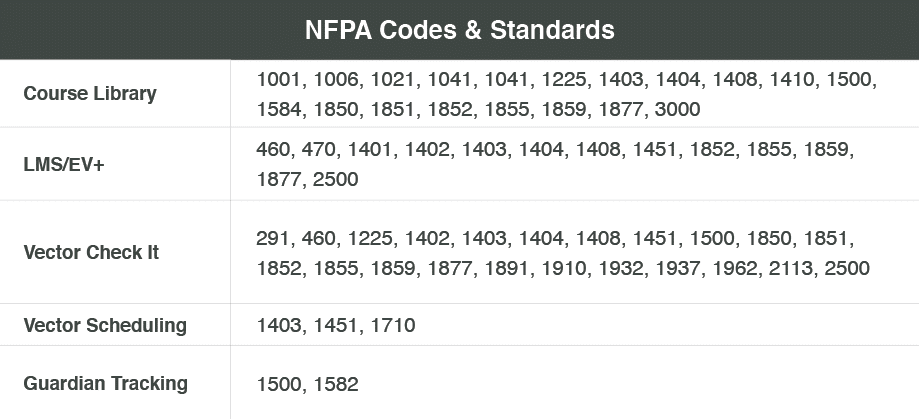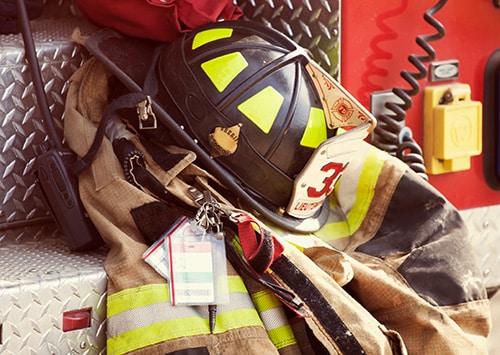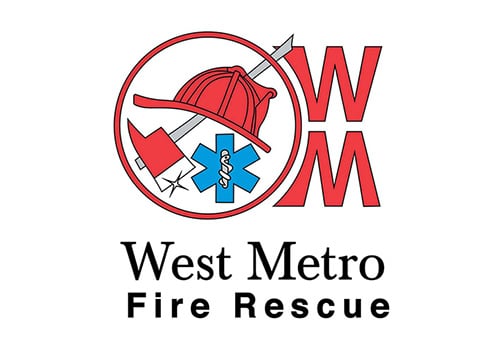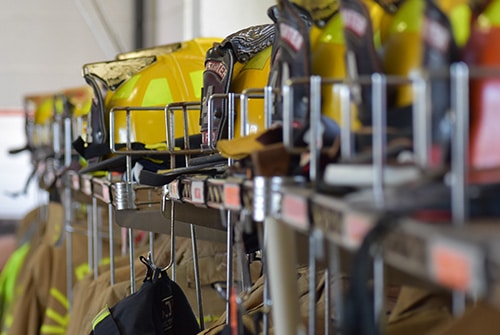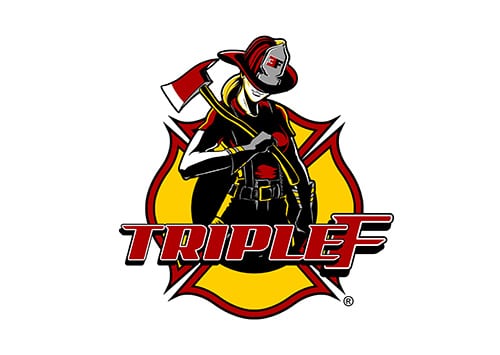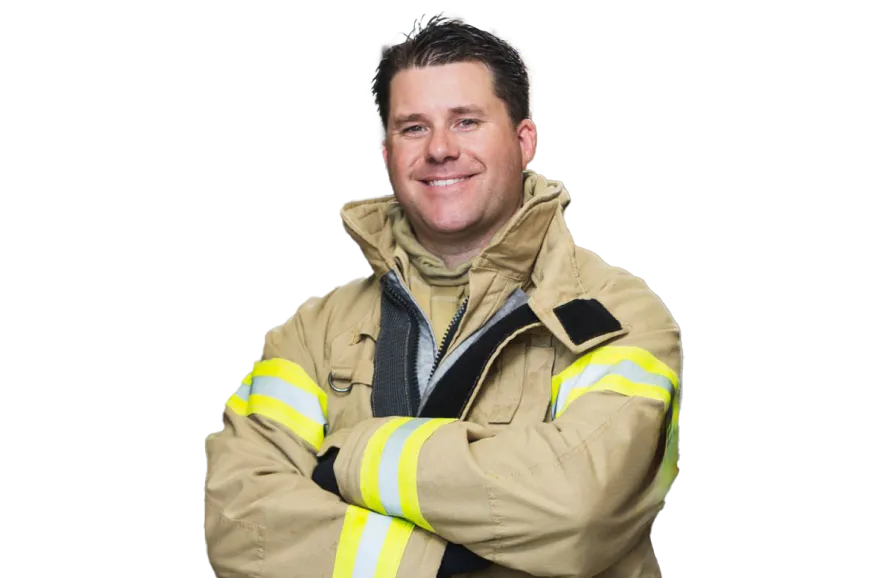August 3, 2023 min read
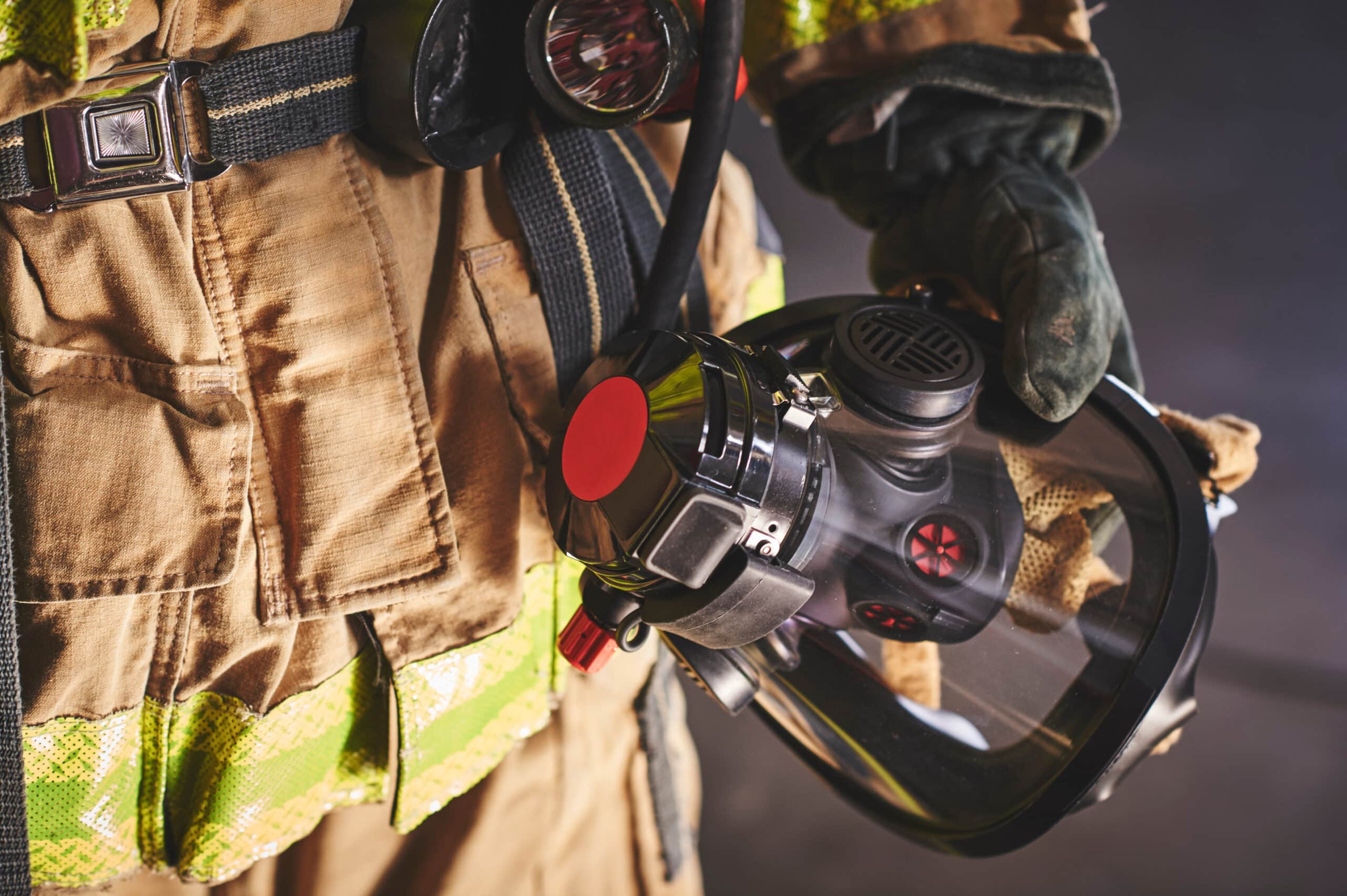
Meet NFPA Standards with Vector Solutions
Industry:
Solution:

Train, manage equipment, and schedule your crews, all to NFPA standards
The standards and codes developed by the National Fire Protection Association (NFPA) are utilized by fire departments across the U.S. to reduce the hazards associated with firefighting, improve safety, and reach the best possible outcome of any incident.
With the right technology, like Vector Solutions’ suite of training, operational readiness, and shift scheduling solutions, agencies can simplify meeting many of NFPA’s recommendations to save time and resources.

Online Training Courses
Vector Solutions’ Course Catalog features more than 450 hours of training for fire departments. Course content is developed based on NFPA codes and standards, including NFPA 1851, NFPA 1001, NFPA 1021, and NFPA 1500.

Training Management
In addition to our course library, fire departments can simplify and streamline their training programs with Vector LMS Training Management System (formerly TargetSolutions), a complete training management system and Vector Evaluations+, a live skills evaluations app. With these tools, fire departments can conduct live skills training, maintain skill competencies, and store training records, all in accordance with NFPA standards.

Apparatus, Equipment and Inventory
Vector Check It, a centralized operations management software, allows fire departments to develop checklists and procedures aligned with NFPA-recommended care and maintenance procedures and schedules, and record the full lifecycle of equipment, inventory, PPE, and apparatus for complete cradle-to-grave documentation.

Scheduling
Take the complexity out of staff scheduling and meet NFPA-recommended staffing minimums with Vector Scheduling, a customizable online workforce management solution accessible via browser or via the integrated mobile app.

Wellness and Exposure Tracking
Whether an agency already has a behavioral health program or is looking to get one started, Guardian Tracking can help meet NFPA standards on behavioral health, as well as track exposures and flag personnel for increased screening when necessary.




